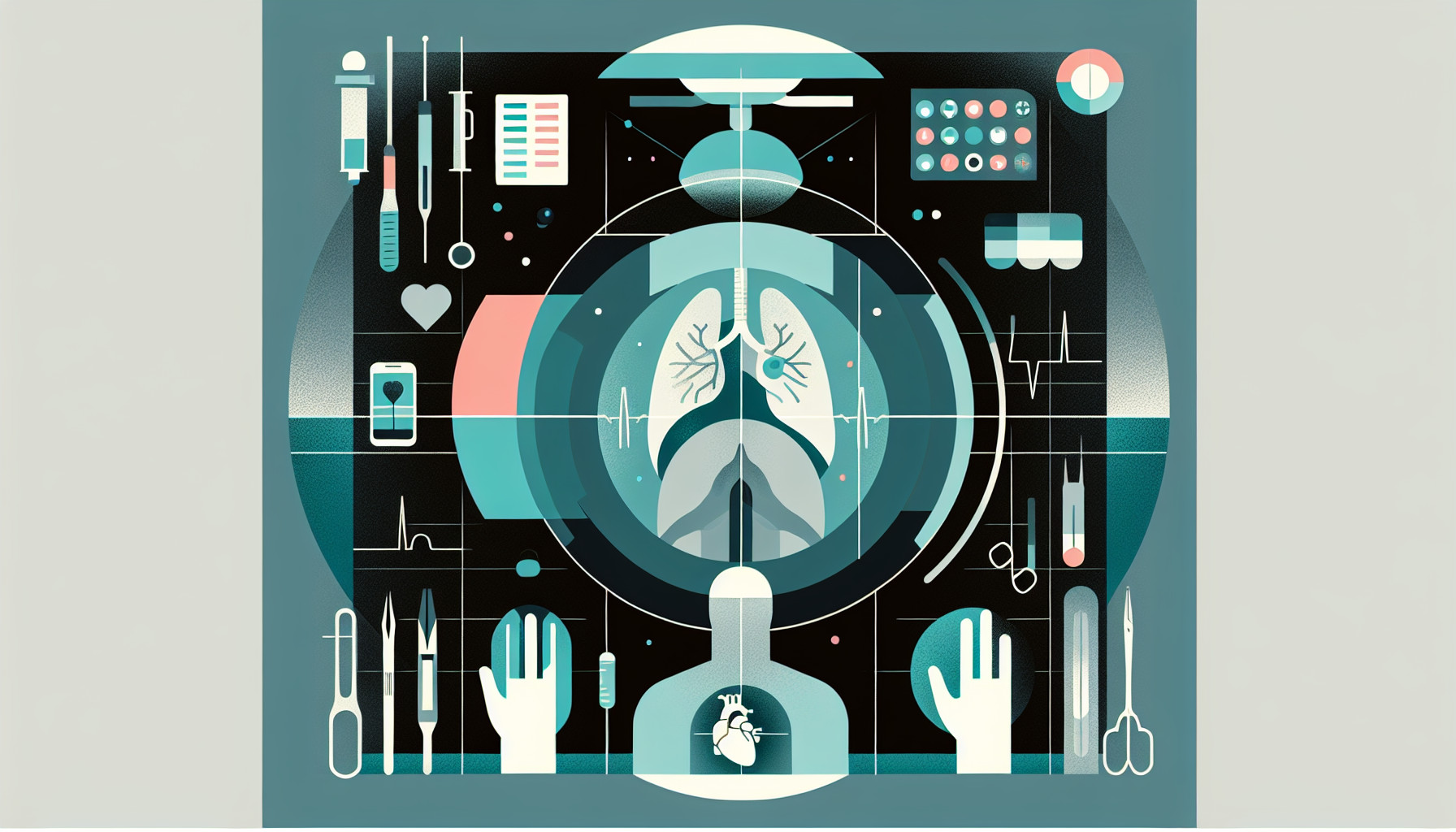Our Summary
This research paper is about a study on a new technique to reconstruct the nipple and areola in women who have had a mastectomy due to breast cancer. The researchers used a combination of local flap, which is a piece of tissue cut from the same area, and a full-thickness skin graft from the upper inner thigh. The study was conducted between 2016 and 2017 and involved 23 women who had one nipple-areola complex missing due to breast cancer surgery. The researchers measured how much the reconstructed nipple shrank over the course of a year and asked the women how satisfied they were with the look of their reconstructed areola. The results showed that the reconstructed nipples did shrink a bit over time. However, most of the women were satisfied with the look of their reconstructed areola a year after the surgery. The researchers concluded that this new technique is safe and effective, particularly for women who need a small to medium-sized nipple and whose skin is too tight for a local flap only.
FAQs
- What is the new technique for nipple reconstruction discussed in this research paper?
- How did the researchers measure the success of the nipple reconstruction?
- According to the research, how satisfied were the women with the look of their reconstructed areola a year after the surgery?
Doctor’s Tip
A helpful tip a doctor might tell a patient about nipple reconstruction is to be patient and allow time for the reconstructed nipple to settle and heal. It is important to follow post-operative care instructions provided by your surgeon to ensure optimal results. Additionally, it is important to communicate openly with your surgeon about your expectations and concerns to achieve the best possible outcome.
Suitable For
Patients who are typically recommended nipple reconstruction are those who have undergone a mastectomy due to breast cancer and have had one or both nipple-areola complexes removed. This procedure is often recommended to help restore the appearance of the breast and improve the overall aesthetic outcome of the reconstruction surgery. Nipple reconstruction is usually considered after the breast mound has been reconstructed, as the size and shape of the nipple-areola complex can be better determined once the breast mound has been established. Additionally, patients who are in good overall health and have realistic expectations about the outcome of the surgery are typically good candidates for nipple reconstruction.
Timeline
- Before nipple reconstruction:
- Patient undergoes a mastectomy due to breast cancer, resulting in the loss of one or both nipple-areola complexes.
- Patient consults with a plastic surgeon to discuss options for nipple reconstruction.
- Patient undergoes tissue expansion or other preparatory procedures to ensure the skin in the nipple area is suitable for reconstruction.
- Surgical plan is developed, including the use of a combination of local flap and full-thickness skin graft for nipple reconstruction.
- After nipple reconstruction:
- Patient undergoes the nipple reconstruction surgery, during which a local flap is used to create the shape of the nipple and a skin graft is taken from the upper inner thigh to cover the area.
- Patient experiences some initial swelling and discomfort following the surgery.
- Over the course of a year, the reconstructed nipple may shrink slightly, but overall maintains its shape and appearance.
- Patient returns for follow-up appointments to monitor the healing process and ensure proper healing.
- One year after the surgery, patient is assessed for satisfaction with the appearance of the reconstructed nipple-areola complex.
- Most patients are satisfied with the look of their reconstructed areola and the new technique is deemed safe and effective for those who require a small to medium-sized nipple and have tight skin that may not be suitable for a local flap only.
What to Ask Your Doctor
- What are the different techniques available for nipple reconstruction after a mastectomy?
- How is the decision made on which technique is best for me based on my individual circumstances?
- What are the risks and potential complications associated with nipple reconstruction surgery?
- What is the expected recovery time and post-operative care for nipple reconstruction?
- Will I need additional surgeries or touch-ups in the future?
- How will the appearance of my reconstructed nipple and areola change over time?
- Are there any limitations or restrictions I should be aware of after undergoing nipple reconstruction surgery?
- Can I see before and after photos of patients who have undergone the same technique for nipple reconstruction?
- What are the success rates and patient satisfaction levels for this specific technique of nipple reconstruction?
- Are there any alternative options or additional procedures that may enhance the aesthetic outcome of my nipple reconstruction?
Reference
Authors: Heo JW, Park SO, Jin US. Journal: Aesthetic Plast Surg. 2018 Dec;42(6):1478-1484. doi: 10.1007/s00266-018-1162-6. Epub 2018 Jun 13. PMID: 29948101
